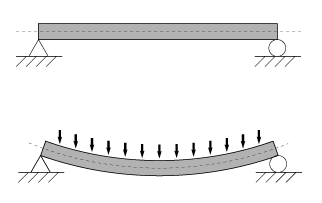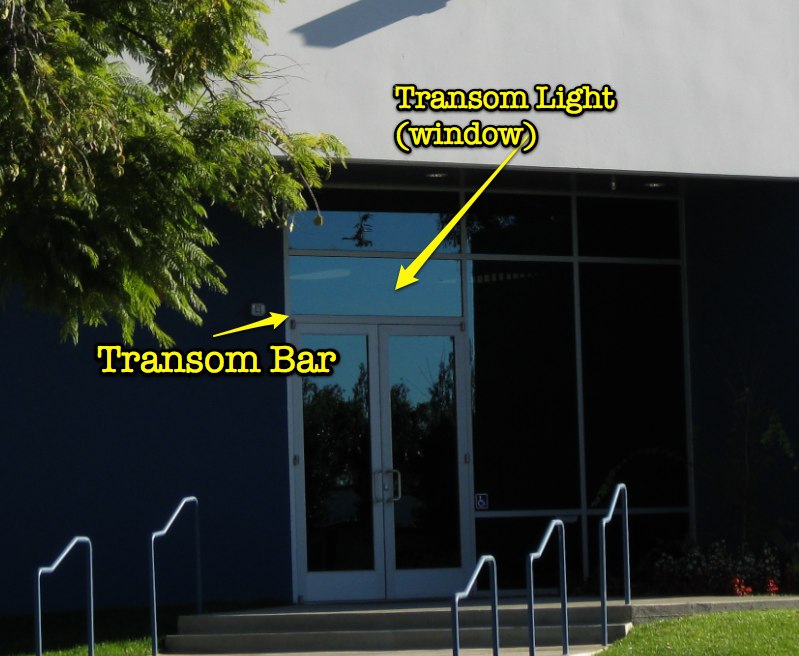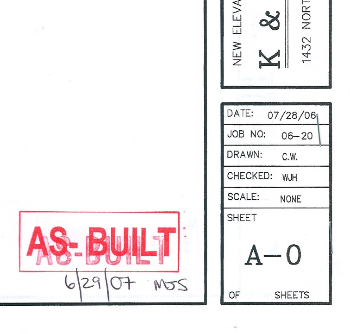 Have you ever played that game where a word is given and all of the players have to submit a definition? The definition with the most votes wins.
Have you ever played that game where a word is given and all of the players have to submit a definition? The definition with the most votes wins.
About ten years ago a group of my friends played that game but with a dictionary. Until I looked it up today, azotemia‘s only meaning to me was the winning definition: the condition where food particles are inbetween your teeth, especially green, leafy vegetables. This quickly became the running joke in our circle of friends. Even today, without a second thought, we say, “You have azotemia,” and the recipient quickly checks their teeth.
Would you believe that the root of balustrade, baluster, comes from both the Italian and Greek words for the wild pomegranate flower? The supports were often shaped much like this flower. Here is the etymology according to the Online Etymology Dictionary: Continue reading



